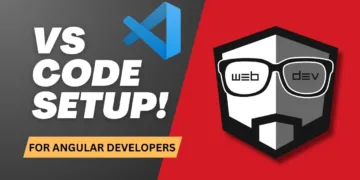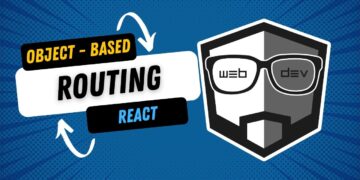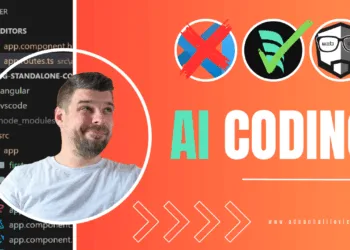Windsurf has just announced something that’s sending waves through the tech and software development community: the release of their first-ever Frontier model family, called SWE-1. Unveiled only a few days ago, this announcement signals a major shift—not just in coding AI—but in AI designed to power entire engineering workflows.
Whether you’re a frontend developer, a backend engineer, or building full-stack applications, this release has something exciting for you. Let’s break down the announcement, how these models work in Windsurf, and what you can expect from their capabilities in real-world coding.
🚀 What Is SWE-1?
Windsurf introduced three distinct models under the SWE-1 family:
1. SWE-1
This is Windsurf’s flagship model, engineered with advanced reasoning capabilities that rival models like Claude 3.5 Sonnet, but at a much lower cost. During the promotional period, paid users can access it for free with zero credit usage. That’s a huge win for anyone experimenting with advanced AI in development workflows.
2. SWE-1 Light
Replacing the earlier Cascade base model, SWE-1 Light offers improved quality and is available for unlimited use by both free and paid users. It’s designed to be the go-to everyday model with better performance, making it accessible to a wide audience.
3. SWE-1 Mini
An ultra-fast variant powering passive experiences in Windsurf’s interface. It’s designed for speed and responsiveness, perfect for on-the-fly suggestions or edits while coding.
⚡ Real-World Test: Building a Smart Home Dashboard with SWE1
To demonstrate SWE-1’s real-time coding power, I jumped into Windsurf’s Cascade interface and began building a React-based Smart Home Dashboard using the SWE-1 model.
✅ Setup and Model Selection
Inside Windsurf, you can select SWE-1 directly from the model panel. Alongside it are SWE-1 Light, GPT, and other available models. I selected SWE-1 and prompted it with:
“I need you to create a smart home dashboard application using React.”
This simple input kicked off an impressive and automated development process.
🛠️ Intelligent Code Generation and Self-Fixing
One of the most exciting aspects of SWE-1 is its self-healing capabilities. While generating components, the model actively identifies and fixes TypeScript and code errors on its own. For instance:
- It recognized and corrected component-level TypeScript issues.
- It revised incorrect
Gridusage without requiring manual intervention. - It automatically installed necessary dependencies and set up project structure.
This behavior demonstrates the model’s ability to reason, retry, and improve its own outputs—something not commonly seen in other coding AIs.
🎨 UI with Theming and Responsive Design
SWE-1 didn’t just stop at functionality—it enhanced the user interface:
- Introduced Material UI with custom theming.
- Automatically created a dark/light theme switcher using a context provider.
- Ensured responsive layouts for mobile compatibility using media queries.
It even integrated EmotionJS, a CSS-in-JS library similar to styled-components, to keep styles modular and manageable.
🔍 Manual Review: Don’t Skip the Human Touch
Although SWE-1 handled most tasks elegantly, it’s important to manually review all generated code, especially:
- Security implications
- Imported libraries and their usage
- Any hallucinated packages or deprecated APIs
For demonstration purposes, I accepted everything, but in production, you’d need a tighter review loop.
🧪 Final Result: A Working Smart Home Dashboard
After completing the setup and enhancements, I started the app. The result?
- A functioning Smart Home Dashboard with:
- Toggle switches for eco and security modes
- Temperature control with sliders
- Quick actions for light control
- A responsive and visually clean layout
Additionally, the dark/light theme switcher worked flawlessly without breaking existing functionality.
🔁 Comparison to Other Models
While SWE-1 performed well, I did note that a previous dashboard built using jakesclaw private model yielded more polished results. Still, SWE-1 provided a solid starting point for further development, showing great promise for iterative UI and logic creation.
🎯 Key Takeaways
- SWE-1 is more than a coding model—it’s engineered for the full engineering lifecycle.
- It can autonomously fix its mistakes, install dependencies, and enhance code structure.
- The real-time development experience within Windsurf’s Cascade interface is incredibly intuitive.
- Free access (for now) gives you a great opportunity to explore its capabilities before committing long-term.




















